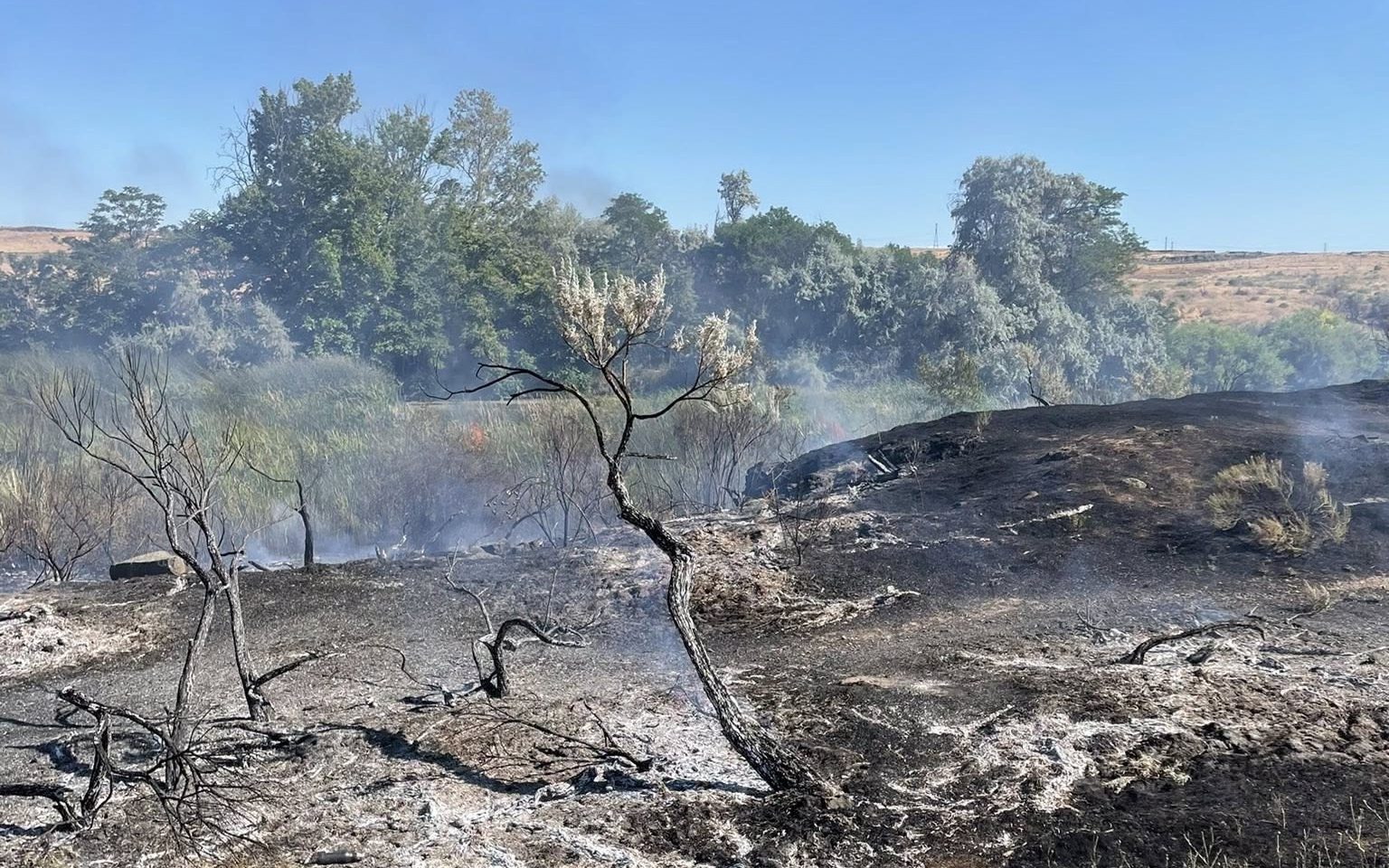Understanding our changing climate: The Blue Mountains are important to us
Published 6:00 am Saturday, February 20, 2021

- Blackwood
These lands where we live help define us as individuals and communities. With warming temperatures there are changes happening, however, to these lands we love.
The Blue Mountain Adaption Partnership (BMAP) was developed to identify climate change issues relevant to resource management in the Blue Mountain region. It is a partnership between the U.S. Forest Service, Oregon State University, and the University of Washington. In 2017, the original findings were published by the USDA Forest Service in a report entitled “Climate Change Vulnerability and Adaptation in the Blue Mountains Region.” The 330-page report focused on hydrology, fish, upland vegetation and special habitats, chosen as areas of primary concern to our communities.
The vulnerability assessment concluded that “effects of climate change on hydrology would be especially significant.” Climate scientist predict that although overall precipitation may not change significantly in the mountains, more rain will mix with snow, especially in the mid-elevations. Spring snowmelt and runoff is already happening earlier, resulting in low summer flows occurring sooner in the summer. Coupled with longer, drier summers, this will affect downstream water use, fish, and other aquatic environments. Infrastructure, such as roads, trails, culverts and communities, will be impacted by more intense runoff from severe storms and rain-on-snow events.
Over the next few decades species, such as Chinook salmon, red band trout, steelhead, bull trout and other aquatic life may be drastically reduced in abundance and distribution. This will depend on local conditions of reduced streamflow and warmer water and air temperatures.
Increasing air temperatures, drier soils, and longer summers are projected to cause changes in vegetation, favoring those species that are more drought tolerant, such as ponderosa pine. A warmer climate will increase natural disturbances, such as insects, disease, and wildfire. The assessment predicts that with current trends, the annual acreage burned in the Blue Mountain region could be as high as six times the current average by 2050. Grasses and shrubs, so important for wildlife and livestock, are maturing earlier in the summer. While providing some protection from late summer drought, this seasonal change means reduced nutrition for those dependent on fall forage for winter health. Drought-tolerant invasive grasses will continue to increase in abundance in forests and rangelands.
Finally, the assessment examined “special areas,” mainly wetlands and groundwater dependent ecosystems, predicting additional stresses as temperatures rise. Although these special areas make up a small portion of the landscape, they are rich in biodiversity and are key components of healthy watersheds.
Along with assessing vulnerabilities, the BMAP process recommended a host of adaptive practices. While they will not necessarily reverse current climate trends, these practices would be helpful in buffering and potentially reducing some adverse effects of climate change. These primarily focus on managing for healthy watershed and riparian conditions. Many of the recommended practices are being applied today by the various public agencies, tribes, and landowners. Thinning small trees, reducing fuel loads, prescribed burning, and streamside protections are activities being implemented today. It will take persistence, commitment, and funding to invest in sustaining more resilient landscapes in The Blues.
These mountains and canyonlands are so valuable to so many of us, as well as being cornerstones for our regional cultures. Many of us had our first experience in the outdoors in these mountains, creating lifelong memories. These places and experiences embody our history, culture, and who we are.
Nature is not static. Over the past several decades, however, we have accelerated the pace of change. This will impact us all, whether our interests are in First Foods, recreation, making a living, or the many more experiences yet to come. By understanding the changes, threats, and opportunities with a changing climate, and applying the best science in practices and policies, we will be more successful in sustaining what we value in these nationally treasured lands.
Copies of the report are available for free by contacting USDA Forest Service, Pacific Northwest Research Station, 1220 S.W. Third Ave., Suite 1400, Portland, OR 97208-3890, or by contacting local Forest Service offices.






